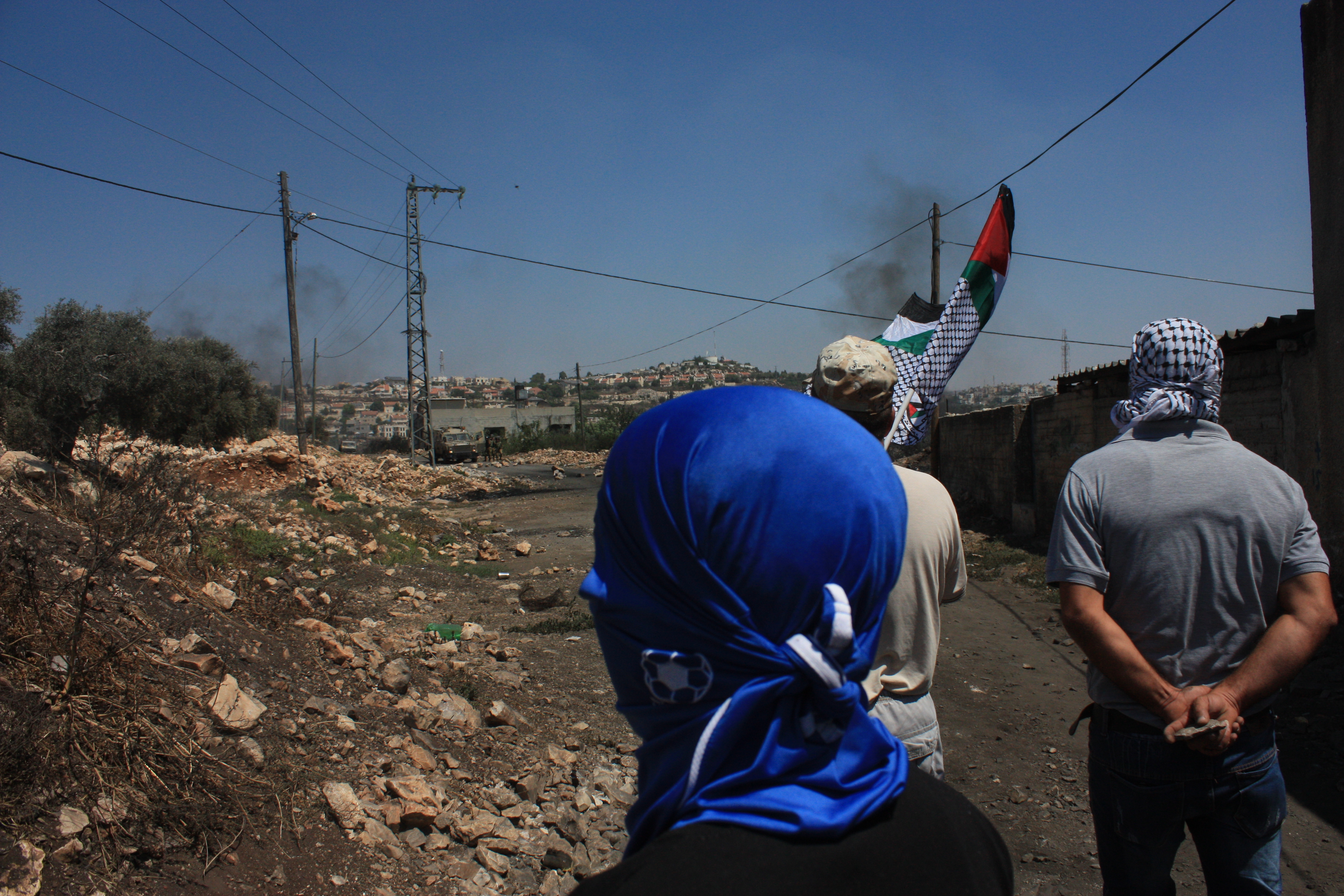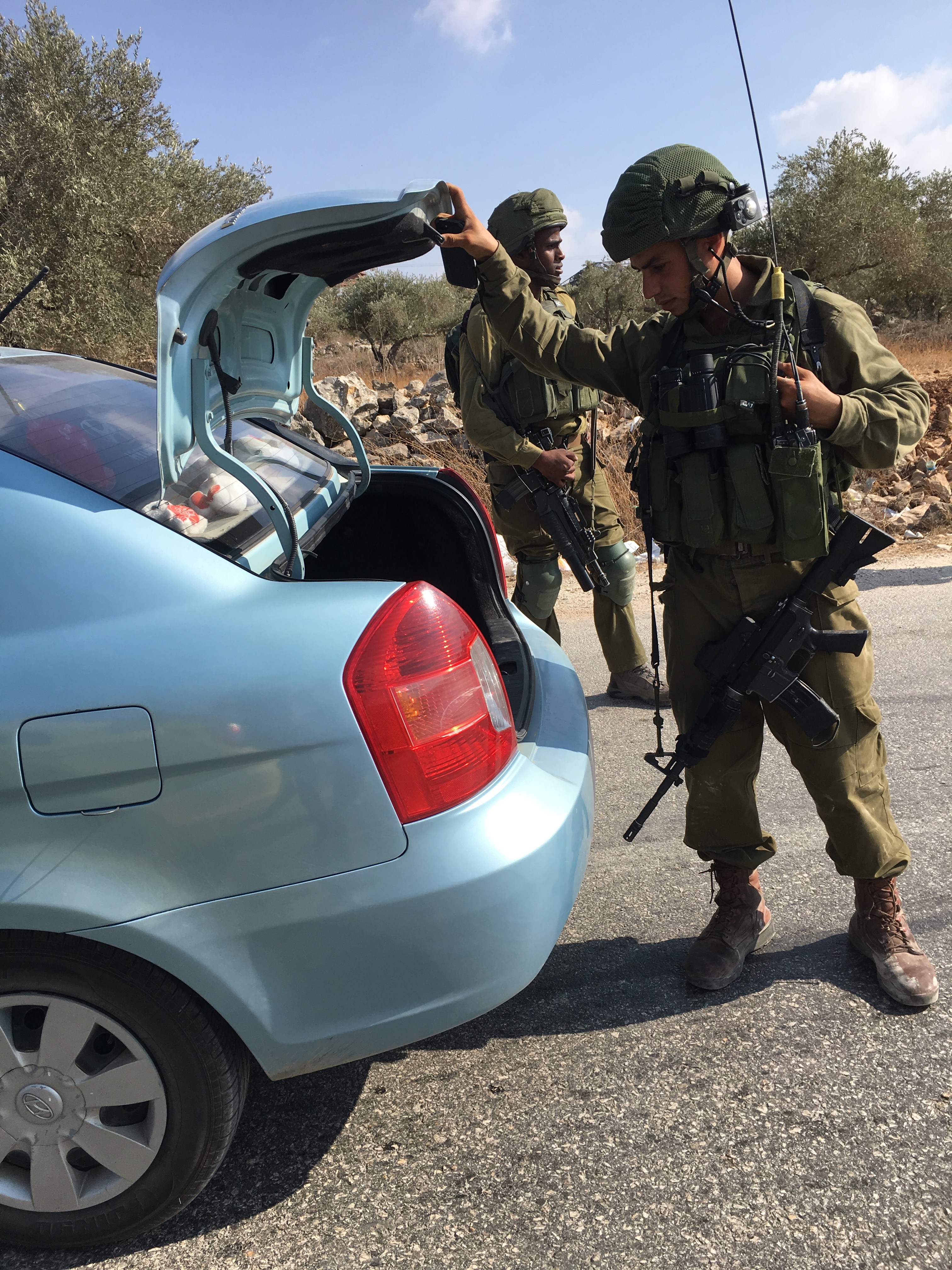Tag: Ethnic Cleansing
-
Israeli occupation forces suppress peaceful protest with rubber-coated steel bullets and live ammunition
20th August 2017 | International Solidarity Movement, Huwwara-team | Kafr Qaddum, occupied Palestine Israeli occupation forces suppressed another non-violent demonstration on Friday the 18th of August, in the village Kafr Qaddum, in the occupied West Bank. The weekly demonstrations protest the closure of the main road connecting the village with Nablus, which is the main…
-
Israeli army restrict international access to Kafr Qaddum during confrontation
17th August 2017 | International Solidarity Movement, Nablus-team | Kafr Qaddum, occupied Palestine Israeli occupation forces blocked international access to Kafr Qaddum on Saturday, before apparently attacking Palestinian demonstrators for the second time in two days. The Israeli military set up a road block at the entrance to the village, which has seen weekly demonstrations…
-
Supporting Fayzeh
15th August 2017 | Supporting Fayzeh | occupied Palestine Many of you know Fayzeh and Issa Souf from the West bank village of Hares. Fayzeh has been recently diagnosed with advanced stomach cancer. She has been hospitalized for the last month and has began receiving chemotherapy. Issa and Fayzeh’s dedication, generosity and kindness have touched…



